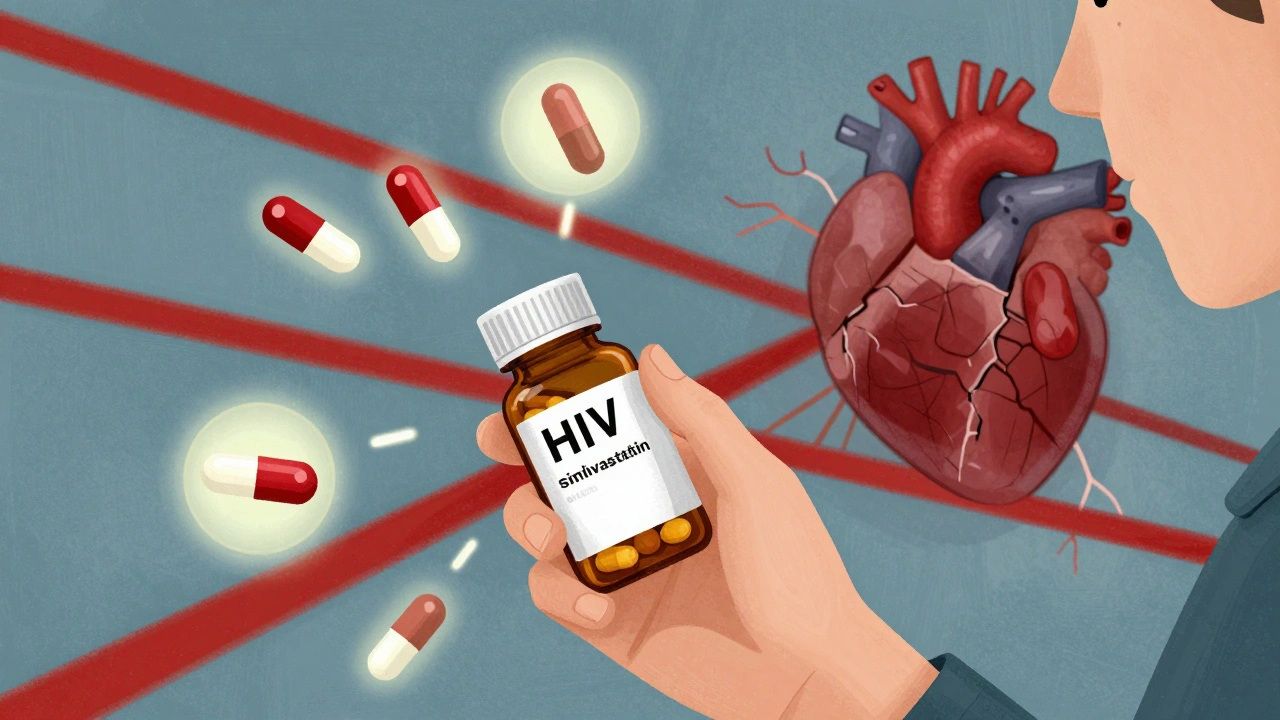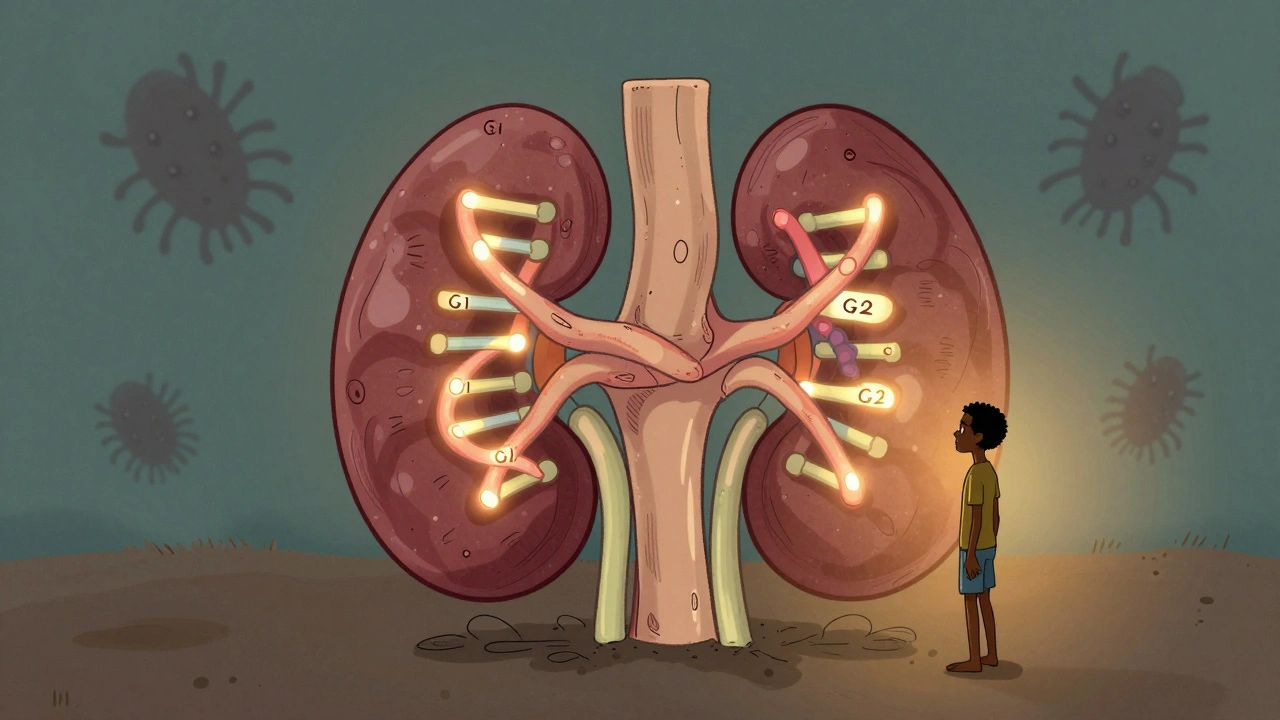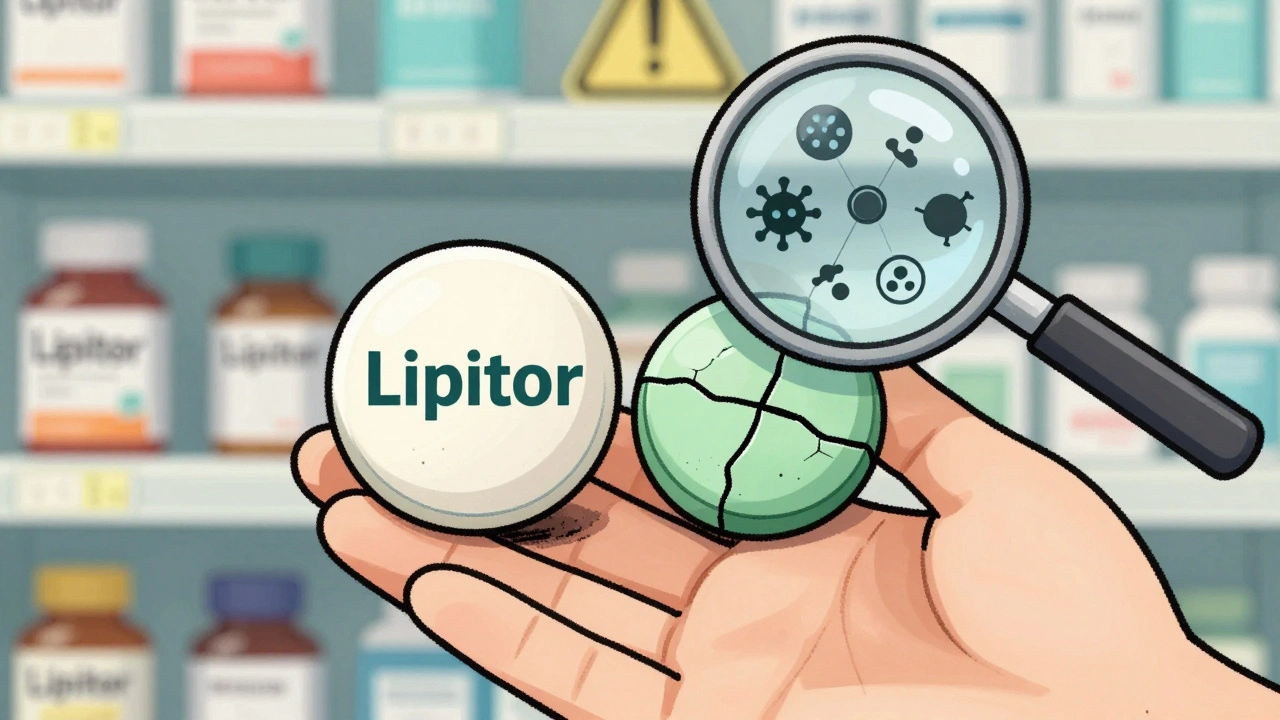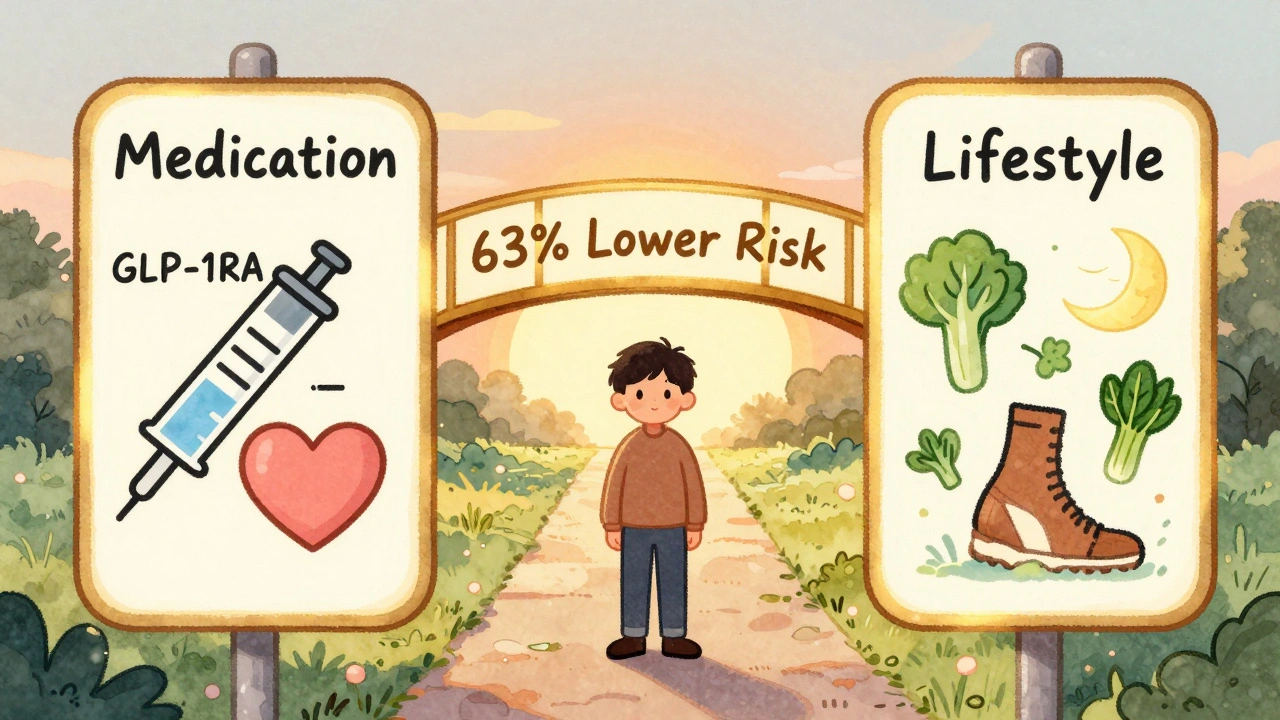Imatinib: What It Is, How It Works, and What You Need to Know
When you hear imatinib, a targeted cancer drug that blocks abnormal proteins driving certain leukemias. Also known as Gleevec, it was one of the first drugs designed to attack cancer at its molecular root — not by poisoning the whole body, but by hitting just the broken part. Before imatinib, chronic myeloid leukemia (CML) was often fatal. Now, most patients live for decades with it as a manageable condition. That shift didn’t come from better chemotherapy. It came from understanding exactly how the disease works — and building a drug to stop it.
Imatinib works by blocking a faulty enzyme called BCR-ABL, a tyrosine kinase that tells blood cells to multiply nonstop. This enzyme is the result of a genetic glitch called the Philadelphia chromosome, found in over 95% of CML cases. By shutting down this signal, imatinib stops the cancer’s growth without wrecking healthy cells the way chemo does. It’s not magic — it’s precision. And that precision is why it’s also used in other cancers where similar enzymes go haywire, like gastrointestinal stromal tumors (GIST). In GIST, imatinib targets a different faulty protein, KIT, but the idea is the same: find the broken switch, flip it off.
People on imatinib don’t always feel like they’re getting cancer treatment. Many take a few pills daily, go to work, travel, and live normally. But it’s not risk-free. Side effects like swelling, fatigue, or nausea can be tough at first. Some patients develop resistance over time, meaning the drug stops working. That’s when doctors turn to second-line drugs like dasatinib or nilotinib — newer tyrosine kinase inhibitors built to outsmart the cancer’s tricks. And while imatinib is often the first choice, it’s not the only one. What matters is matching the drug to the patient’s specific mutation, their health, and their life goals.
You’ll find real stories here — not just textbook facts. People who’ve lived with CML for over 15 years on imatinib. Others who switched meds after side effects got too heavy. And yes, there are cases where imatinib didn’t work at all — and why. This collection doesn’t just explain the drug. It shows how it fits into real lives: the cost, the access, the daily routine, the emotional weight of taking a pill that keeps you alive.
What you’ll see below isn’t a list of generic drug facts. It’s a curated look at how imatinib connects to bigger issues — like patient choice in cancer care, how generics compare to brand names, and what happens when insurance won’t cover the latest version. You’ll find answers about drug interactions, how to talk to your doctor about side effects, and even how to spot when it’s time to switch treatments. This isn’t just about imatinib. It’s about taking control when your health depends on a single pill.
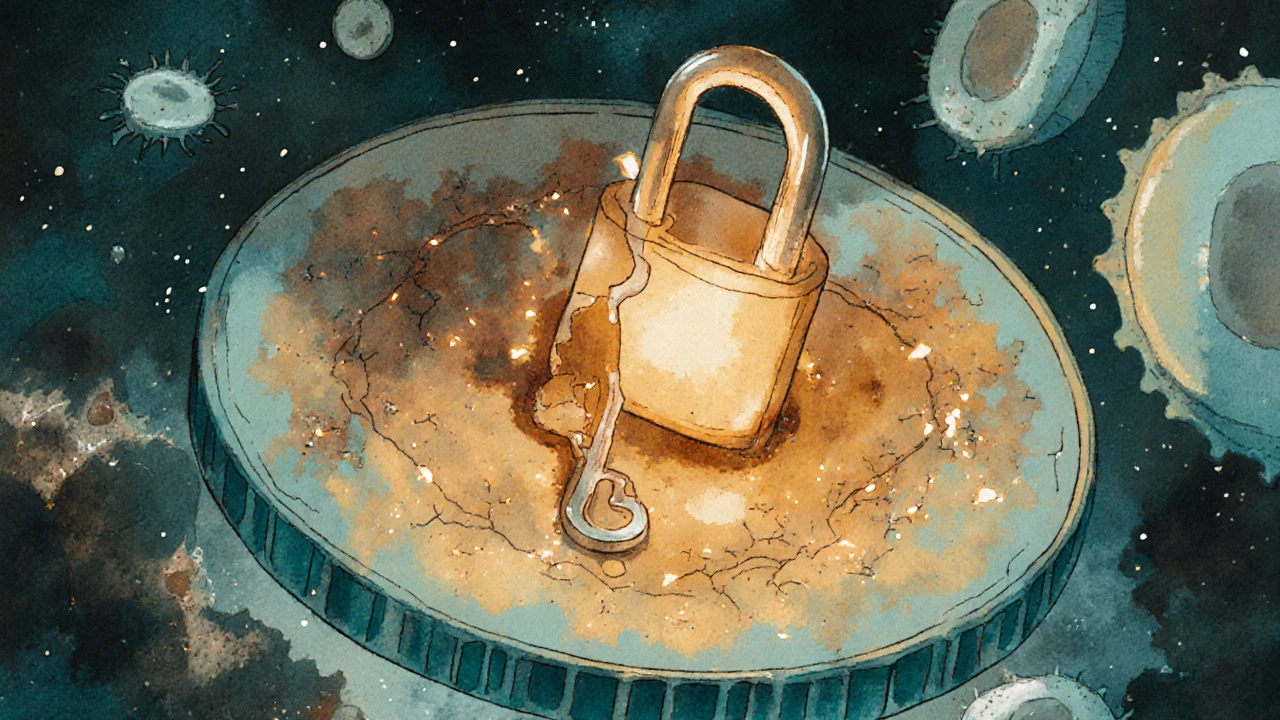
Imatinib and Its Impact on the Global Cancer Treatment Landscape
Imatinib revolutionized cancer treatment by turning chronic myeloid leukemia from a fatal disease into a manageable condition. As the first targeted therapy, it paved the way for precision oncology and improved survival rates worldwide.

